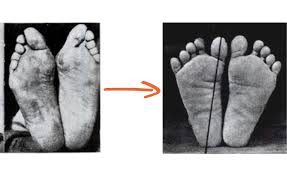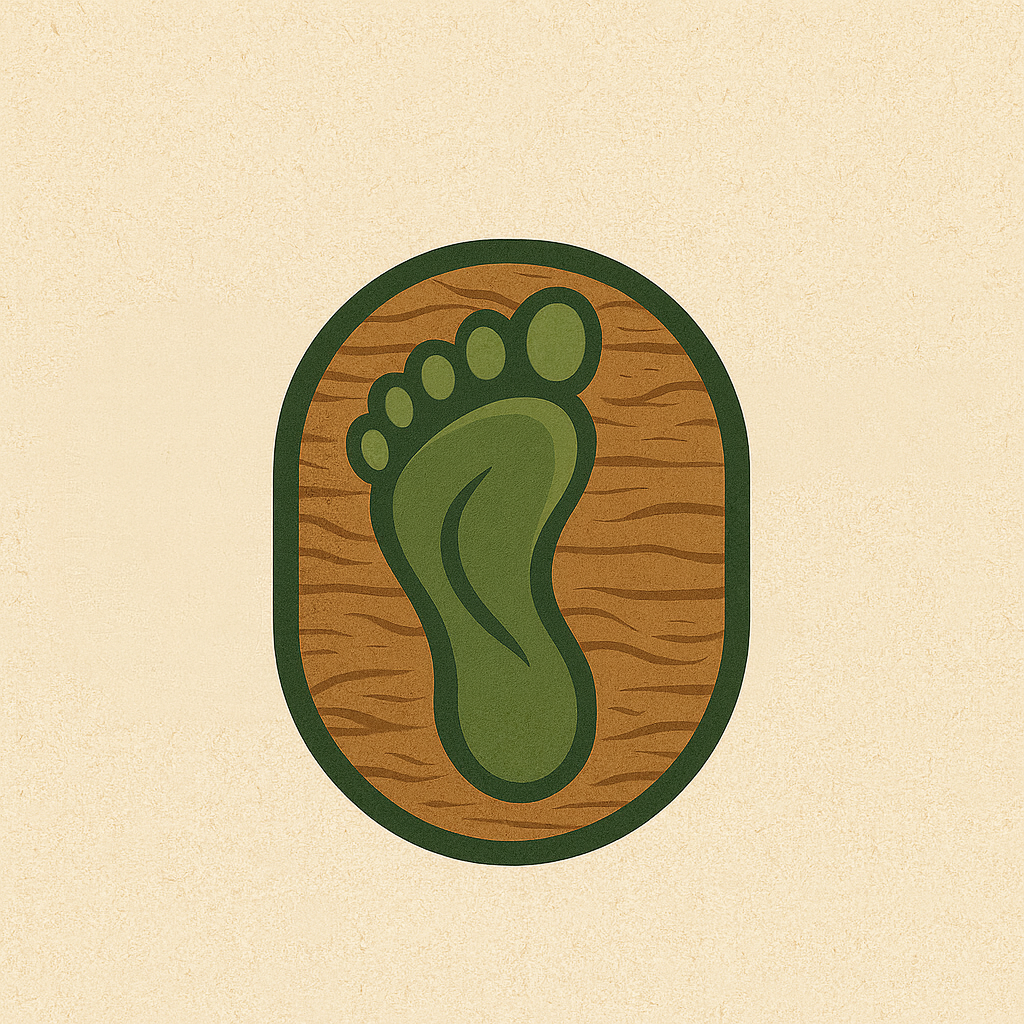Barefoot shoes are designed to let your feet move the way nature intended.
They mimic the sensation of walking or running barefoot while still offering a layer of protection from modern terrain.
In this guide, we’ll cover what barefoot shoes are, why they’re different, who they’re for — and whether they’re right for you.
👣 What Makes a Shoe “Barefoot”?
To qualify as a barefoot shoe, a model should have:
✅ Zero Drop
That means no raised heel — the shoe is completely flat from heel to toe, promoting natural posture and alignment.
✅ Thin Sole
Most barefoot shoes have a sole thickness between 3–10mm. This allows you to feel the ground beneath you, improving balance and foot awareness (proprioception).
✅ Wide Toe Box
Instead of squeezing your toes together like conventional shoes, barefoot shoes let your toes spread naturally — improving stability and foot strength.
✅ Flexible Sole
You should be able to twist, bend, and roll a barefoot shoe easily. A flexible sole lets your foot move through its full natural range of motion.
🥾 Barefoot vs Traditional Shoes: What’s the Difference?
| Feature | Barefoot Shoes | Traditional Shoes |
|---|---|---|
| Heel Height | Zero drop (0mm) | Elevated heel (10–20mm) |
| Toe Box | Wide and foot-shaped | Narrow and tapered |
| Cushioning | Minimal | Thick and padded |
| Arch Support | None (foot does the work) | Built-in support |
| Sole Flexibility | High | Rigid or semi-rigid |
In short: Traditional shoes do the work for your feet. Barefoot shoes make your feet do the work they were designed for.
🧬 What Happens to Feet in Traditional Shoes?
Years of wearing narrow, supportive, or elevated shoes can lead to:
- Weak foot muscles
- Collapsed arches
- Toe deformities (e.g. bunions, hammertoes)
- Reduced balance and stability
There’s a famous photo from the early 20th century showing a stark contrast:
➡️ One foot from a lifetime in narrow dress shoes — curled, compressed, misaligned.
➡️ The other, from a person who had never worn shoes — straight toes, natural alignment, strong arch.

This image is often used in anthropology studies to show how modern footwear reshapes the foot over time.
🧠 Why Barefoot Shoes Matter
Your feet are incredibly complex: 26 bones, 33 joints, and over 100 muscles, tendons, and ligaments. When you encase them in stiff, padded shoes, you’re muting their potential.
Barefoot shoes let your foot function as a sensor, shock absorber, and stabiliser.
🧍♂️ Benefits reported include:
- Improved balance and proprioception
- Stronger foot muscles and arches
- Better posture and gait
- Relief from plantar fasciitis, knee, and hip pain
Think of barefoot shoes like minimalist gym equipment — they train your body, not support it artificially.
👟 Do Barefoot Shoes Work for Everyone?
Well, the premise of this whole site is that yes, they absolutely do! We were all born with feet that weren’t meant to be constrained by narrow shoes. But transitioning takes time — and not everyone adapts well. If you’ve worn supportive shoes your whole life or have existing foot conditions.
However, most people benefit from starting slow and building strength over time.
🛒 What Are the Best Barefoot Shoe Brands?
Popular and trusted barefoot brands include:
- Vivobarefoot – Urban performance and eco materials
- Xero Shoes – Versatile, rugged, and affordable
- Wildling Shoes – Ultra-lightweight, natural materials
- Feelgrounds – Stylish, vegan everyday shoes
- Saguaro – Great for beginners and value seekers
But there are many more and you can explore these in our various posts. We also cover zero drop shoes with thicker soles. Perhaps this goes against the traditionalist view of barefoot but we find they are a great gateway to full barefoot shoes, or even the ultimate, actual barefoot (the cheapest option!).
🔚 Final Thoughts
Barefoot shoes won’t magically fix your feet — but they might help you reconnect with them.
If you’re curious about moving more naturally, feeling the ground again, and building stronger, more capable feet — barefoot shoes are worth exploring.
See our beginner’s guide to barefoot shoes
Compare the most barefoot shoes on the market
Join our 5-day barefoot mini-course
Affiliate disclosure: We may earn commission if you purchase through links on this site, at no cost to you. We only recommend shoes we’ve tested and genuinely believe in.
